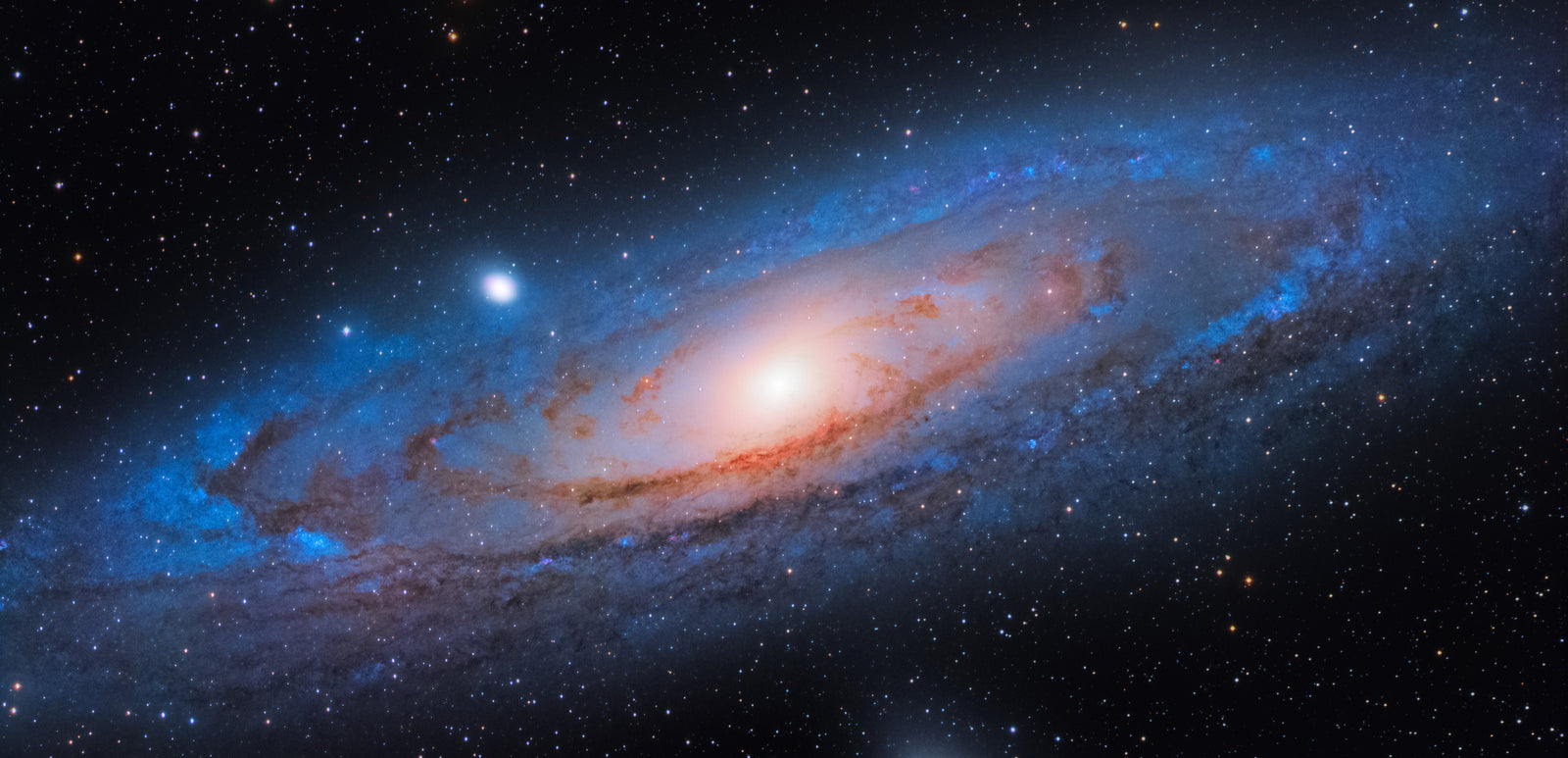How Do I Know Which Cassegrain Telescope To Buy?
Generally speaking, we recommend that all beginners interested in the catadioptric design go with a Schmidt-Cassegrain Telescope (SCT) like the Celestron Nexstar series. These telescopes come with a go-to mount that can automatically point the telescope to an object you type into the hand controller, making it easy to find objects. A Maksutov Cassegrain can be a good choice for beginners and intermediate users who primarily wish to observe the planets and the moon.
If you're an experienced astrophotographer who primarily wants to use a telescope to photograph deep sky objects with excellent optics, a Ritchey-Chretién may be the right choice for you. Finally, a Dall Kirkham may be a good choice if you're looking for a telescope that will excel at planetary observing or imaging.
Are Cassegrain Telescopes Good For Astrophotography?
Yes! Every type of Cassegrain telescope can be used for astrophotography. Some designs, like the Ritchey-Chretién and Corrected Dall Kirkham are so well corrected that they are often used in professional observatories for research purposes. Since most Cassegrain telescopes feature very long focal lengths, though, it can be like looking at space through a coffee straw. For this reason, we don't normally recommend them for beginner imagers, especially if you're planning to do deep sky imaging. However, most Cassegrains make for great astrophotography telescopes.















